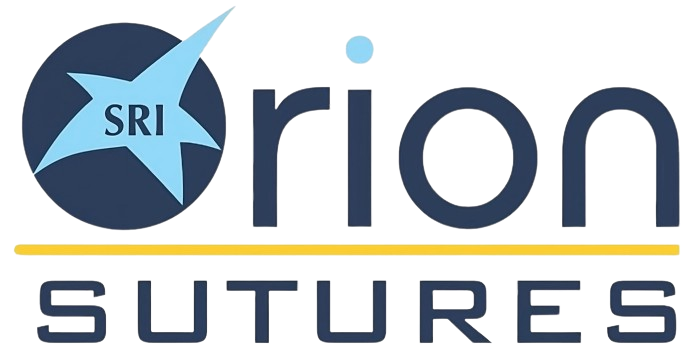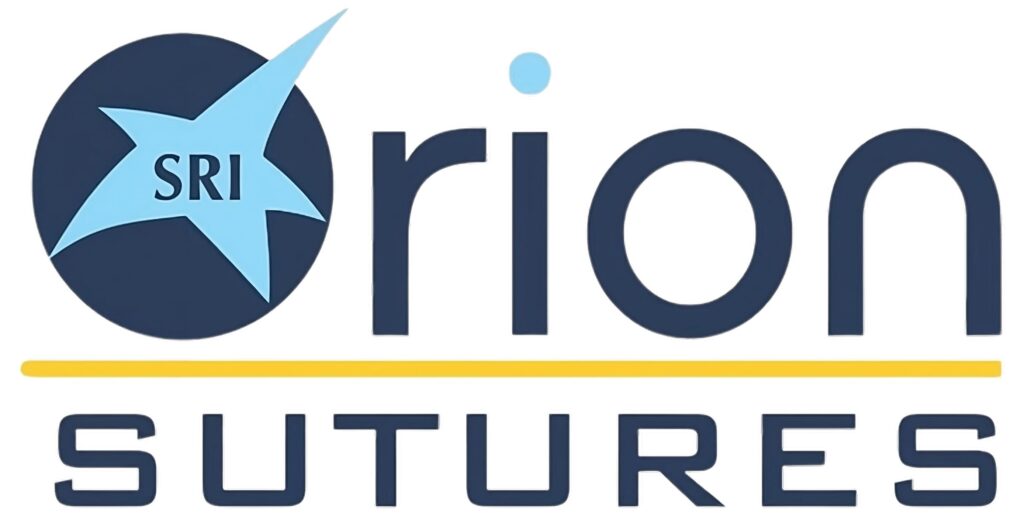The human body naturally scars after undergoing surgery or an injury as part of the healing process. However, patients and health care providers may face some issues with the scarring. Scarring can lead to irritations, limited movements, or cosmetic issues. Fortunately, modern medical technologies have made use of materials and techniques that reduce scarring, such as the use of Polyglycolic Acid surgical sutures, which are absorbable.
The present-day study deals with the ability of PGA sutures to decrease scars.
The Role of Sutures in Wound Healing:
For instance, wounds and stitches, commonly referred to as sutures, help in closing wounds formed when one is injured. Prompt skin healing, satisfactory cosmetic results, and minimal complication risks represent the basis of effective wound closure. For healthy recovery of the wounds and fewer complications, absorbable sutures are preferred. Traditional sutures using non-absorbent materials like nylon or silk will have to be removed from a person’s body when the wound has healed. This can be uncomfortable for the patient and may lead to additional scars. On the other hand, absorbable sutures such as PGA dissolve gradually and hence do not require removal nor increase susceptibility to complications.
Use of Polyglycolic Acid Sutures:
PGA Sutures are an example of a commonly used, biodegradable, and biocompatible synthetic polymer used in medicine. They are known for these unique qualities:
- Absorbability: PGA sutures would degrade within sixty to ninety days, meaning no removal is needed, thus fewer risks associated with nonabsorbable sutures.
- Minimal Tissue Reaction: The body tolerates PGA sutures very well; thereby, not much inflammation is caused, resulting in natural healing and minimizing extensive scarring.
- High Tensile Strength: The PGA sutures are also strong enough to prevent the opening of wounds for a relatively long time, and these are important in areas of the body that are more susceptible to strain, movement, and tension.
How PGA Sutures Reduce Scarring:
The use of PGA sutures in wound closure offers several benefits that contribute to scar reduction:
- Reduced infection risk: Suture removal is avoided to minimize infection and scarring at the surgical site. This prevents any hypertrophic or keloidal scarring.
- Minimized foreign body reaction: PGA sutures are good for the body as the tissues tolerate them better, hence leading to lower tissue inflammation and scar formation.
- Improved cosmetic outcomes: PGA sutures are strong and absorbable, which leads to finer-appearing wounds that cause less discomfort and better results compared to conventional sutures.
- Decreased postoperative complications: PGA sutures aid in reducing postoperative complications such as wound dehiscence and infection, which might lead to keloid scars.
Conclusion:
The introduction of polyglycolic acid (PGA) sutures has significantly transformed the world of wound closure and scarring since they are safe, absorbent, and very powerful as opposed to conventional non-absorbents. Using PGA sutures may minimize the risk of contamination with bacteria, skin irritations, and scar formation, hence leading to good patient outcomes and cosmetic outcomes with no scarring marks on surfaces. Polyglycolic Acid suture suppliers in India offer high-quality medical sutures. It is worth noting that healthcare professionals, as well as their patients nowadays, prefer PGA sutures to achieve optimum wound healing and minimal formation of scars.

